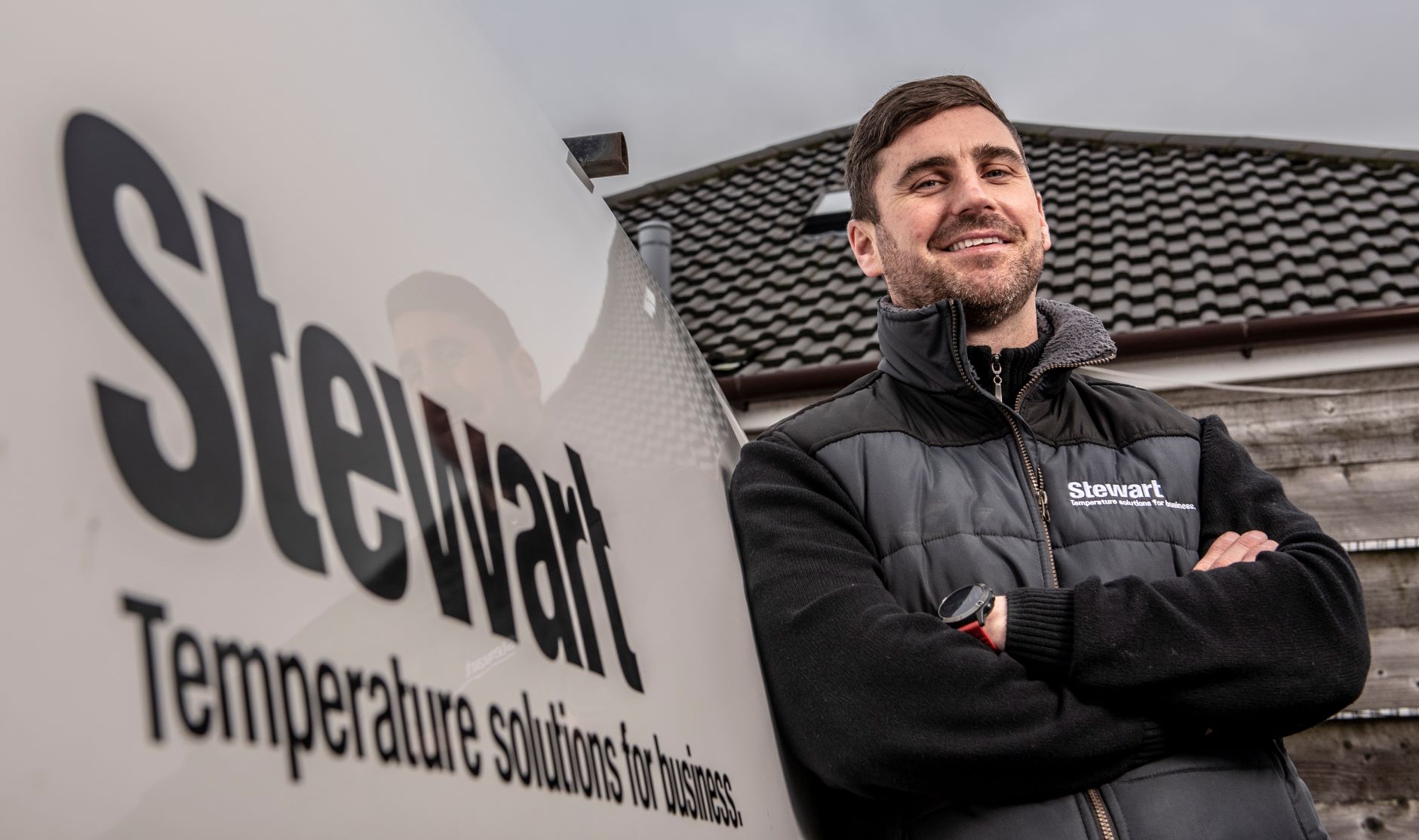Gregor Stewart: Why the Scottish Government’s Ventilation Fund grants for small businesses are simply the wrong answer
Following last week’s Holyrood discussions on improving ventilation in classrooms, air conditioning expert Gregor Stewart highlights the downsides of the Scottish Government’s ventilation fund.

Gregor Stewart
There is no doubt we should applaud the fact that, in the wake of major societal disruptions such as the recent pandemic, authorities are trying to come up with initiatives to improve our situation and further protect our health.
But sometimes, well-meaning though these proposals are, it is hard not to feel a sense of missed opportunity and that, had the relevant professionals been consulted, much better outcomes might have been achieved.
One such case in point is the Scottish Government’s Coronavirus (Covid-19): Business Ventilation Fund, a £25 million project to help small businesses improve their ventilation systems, with grants of up to £2,500 each.
Applications opened in November last year, and the scheme is aimed at businesses with a rateable value of under £51,000. Businesses with a number of premises can apply for multiple grants, up to a maximum of £50,000, to help towards such things as installing carbon monoxide monitors and improving windows or vents.
On the face of it, this makes perfect sense. Fresh air is not only an enemy to Covid, it is a vital component for a healthy daily environment, given that most people in employment spend 90% of their time indoors.
In the workplace, poor air quality tends to contribute to a significant loss in productivity, low morale and higher rates of sickness. Providing good ventilation where people can work safely and comfortably is not only smart but the right thing to do.
However, especially so soon after the global COP26 gathering in Glasgow, which strongly emphasised the crucial need for energy efficiency, it borders on the short-sighted to introduce a scheme which will only have the effect of making buildings much more energy inefficient.
The Ventilation Fund majors on simple solutions to increasing air flow, such as unblocking windows, installing vents and airbricks, putting in extractor fans and even cutting the bottoms off non-fire doors, presumably to create draughts.
The effect of all this will be to suck expensively and carbon-intensively generated heat out of a building and replace it with air from the outside which, in Scotland for most of the year, tends to be distinctly chilly. To combat this, more heat will have to be generated.
The obvious solution to this conundrum is a mechanical heat recovery system, of which there are many in a marketplace which has clearly recognised their efficiency. Systems such as these would be eligible for the full £2,500 grant.
These applications are designed to deliver fresh, filtered air from outside the building into the working environment and extract stale air, particularly from areas with high concentrations of moisture. They involve sealing windows, rather than opening them, to create a closed system.
They also – and this point seems to have been missed in the Ventilation Fund planning – recover up to 75% of the heat from the exhaust air and transfer it to the incoming air, keeping the building at a suitable ambient temperature. Heat is recovered and reused, instead of being wasted.
So, it is perfectly possible to maintain high, and hygienic, air quality without incurring excessive additional energy costs and contributing to emissions. Yet the funding help for mechanical ventilation in the current ventilation scheme is limited to £600, including assessment and scaffolding if requited.
This is derisory. It does not even begin to scratch the surface of the problem.
This is a debate which will go on. But when a problem presents itself, and we have a ready-made solution to hand, it seems a shame not to take advantage of it.
- Gregor Stewart is director at Stewart Temperature Solutions, based in Ayr





















